Magnetic Resonance Imaging
CiNet houses three 3T magnets and one 7T magnet for human structural, functional and spectroscopic MRI. There are state-of-the-art experimental stimulation and physiological monitoring systems, real-time analysis and online neurofeedback, and a team of engineers to help design and implement new systems and technologies. We have an 11.7T small animal magnet, and an integrated fMRI-PET system is housed in the neighbouring IFReC building.
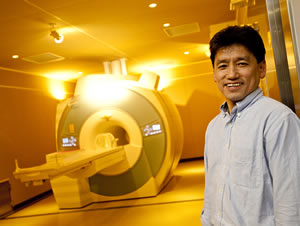

Magnetoencephalography
We have an augmented 360 high-density MEG system. This can be used in sitting or lying position, and with full set-up for cognitive tasks, including real-time analysis and online neurofeedback experiments. Our helium recycler will be installed in late 2014. We have an additional 148 channel system at our Kobe facility.
Information and Network technology
ICT researchers use a range of high performance computing and super-computing facilities, allowing large scale network simulations. Associated NICT institutes have advanced ICT facilities for research spanning nanocomputing, quantum ICT, photonics, and space communication. Several CiNet researchers use the K Supercomputer at RIKEN Kobe, and the NICT’s Japan-wide Orchestrated Smart ICT Testbed.
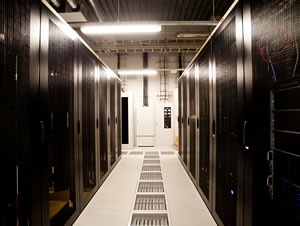

Electroencephalograhy and Near-Infrared Spectroscopy
We have, and develop, EEG systems for standard uses, ambulant mobile wireless recording, and high density recording (using both wet and dry electrode systems). In addition to conventional fNIRS, high-density and wireless fNIRS systems are used at ATR.
Transcranial Magnetic, Transcranial Direct Current, and Transcortical Anodal Current Stimulation
We have several systems for TMS and tDCS for humans and animals. This includes combined EEG-TMS systems, portable tDCS, and systems used in clinical therapeutics.

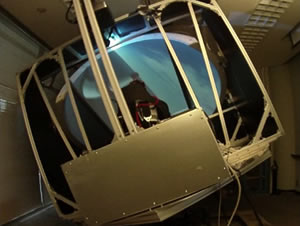
Visual displays and sensory stimulation
We have a range of immersive visual systems, including large scale 3D projection systems, virtual reality, wide-view MRI projection, integrated 3D vision and sound systems, and a motion platform / full flight simulator. We also have several contact heat stimulators for pain and temperature experiments, and state-of-the-art sound delivery systems.
Neurosurgery
The Osaka University Hospital Neurosurgical unit is one of the world’s leading centers for invasive and non-invasive brain-machine interface research. They pioneer technology into invasive BMI electronics, wireless communication, and personalised 3D printed brain prosthetics.
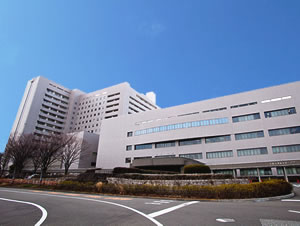
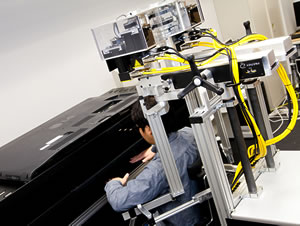
Motor control
We have several robotic manipulanda to study human motor control, which can be used in MRI environments, or with concurrent TMS. We also have wearable kinematic sensors and large scale motion capture systems.
Laboratory facilities
We have an extensive range of laboratory facilities. This includes a number of specific apparatus for animal behavioural paradigms, such as conditioning, learning ,and maze experiments. We have facilities for in-vivo electrophysiology and awake physiological stimulation, and full stimulus delivery apparatus. We have experimental facilities for cellular and molecular neurobiology, and microscopic methodologies such as two-photon imaging.
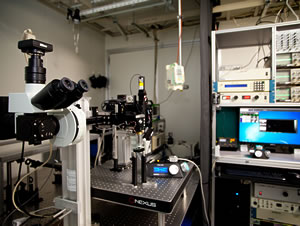
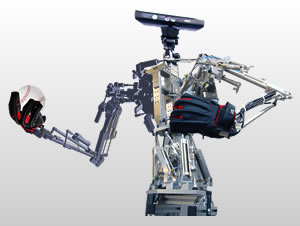
Robotics
There are a number of robots both at CiNet, and in our associated labs at ATR and Osaka University. These include robotic prosthetics, wearable robots, non-humanoid, humanoid robots including tele-existence robots and androids.
